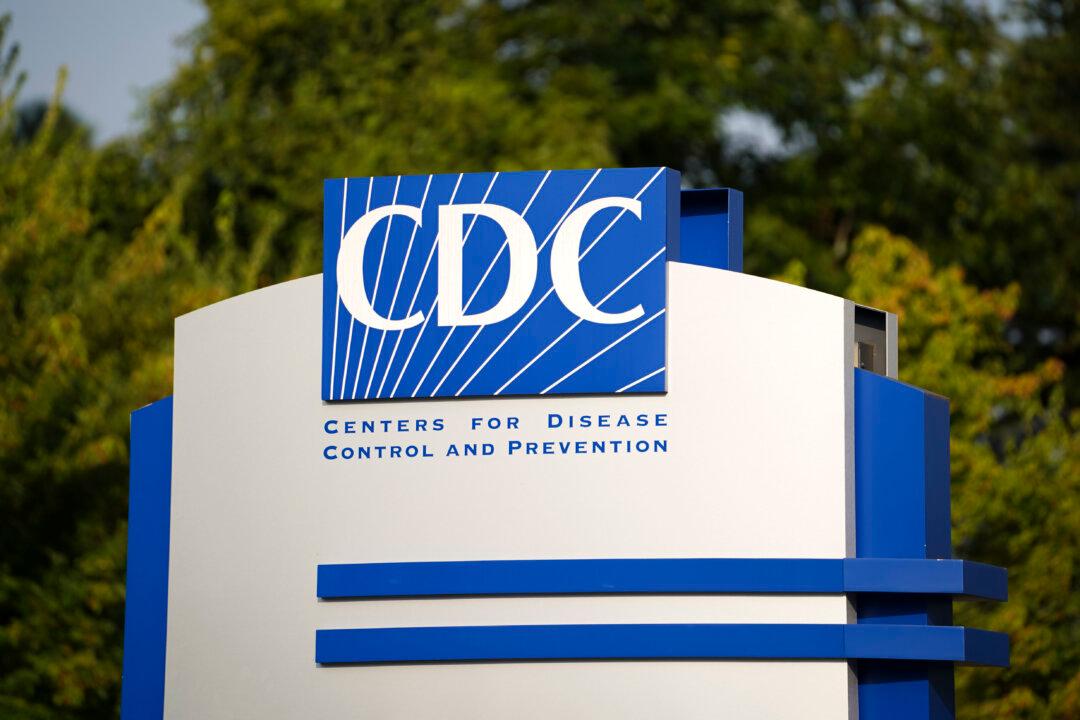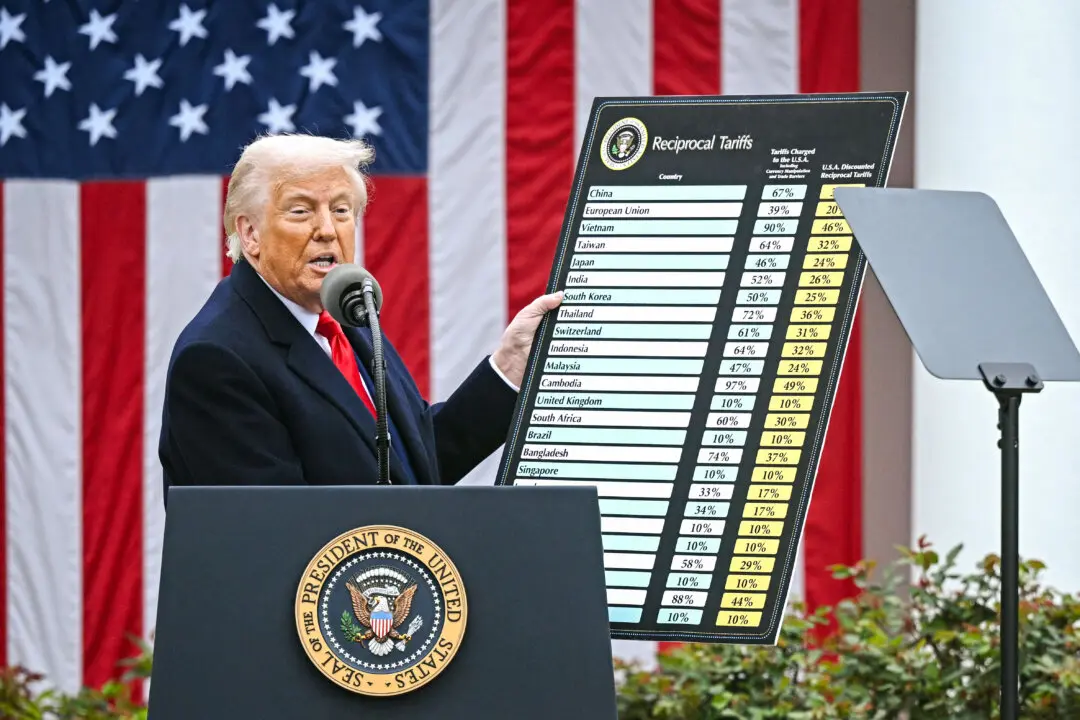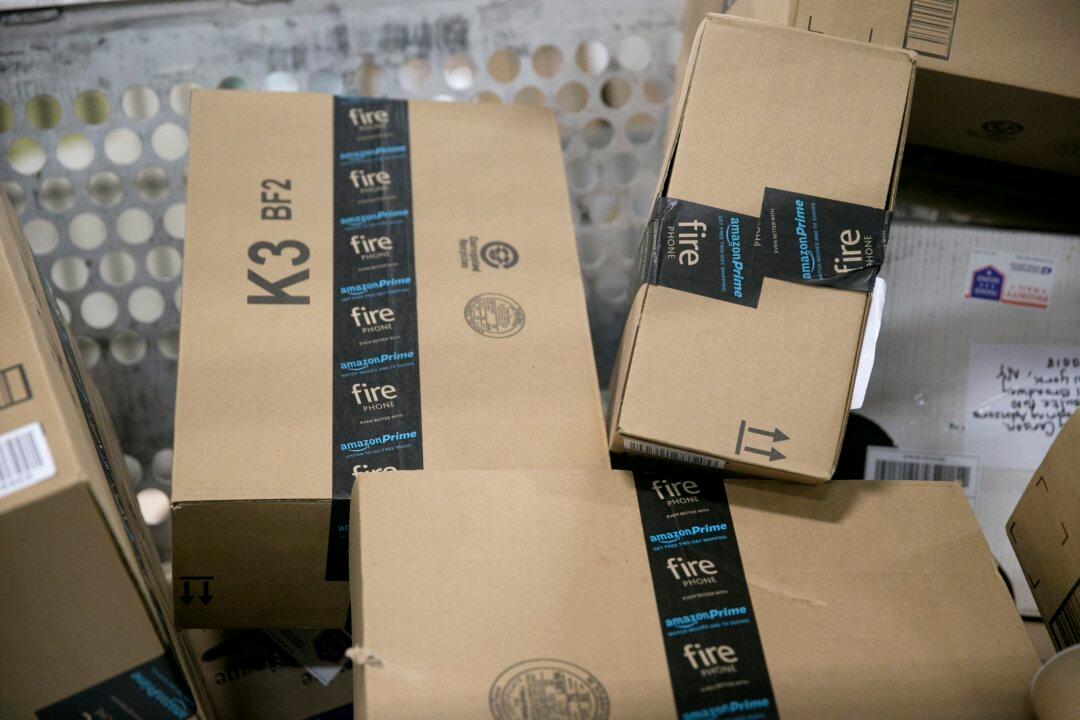The U.S. Centers for Disease Control and Prevention (CDC) said that the COVID-19 variant JN.1 now accounts for more than half of all cases in the United States.
As of Jan. 5, the variant was “estimated to account for approximately 62 percent of all currently circulating SARS-CoV-2 variants, an increase from the estimated prevalence of 44 percent two weeks ago,” the agency said, noting that JN.1 is more common among international travelers.





